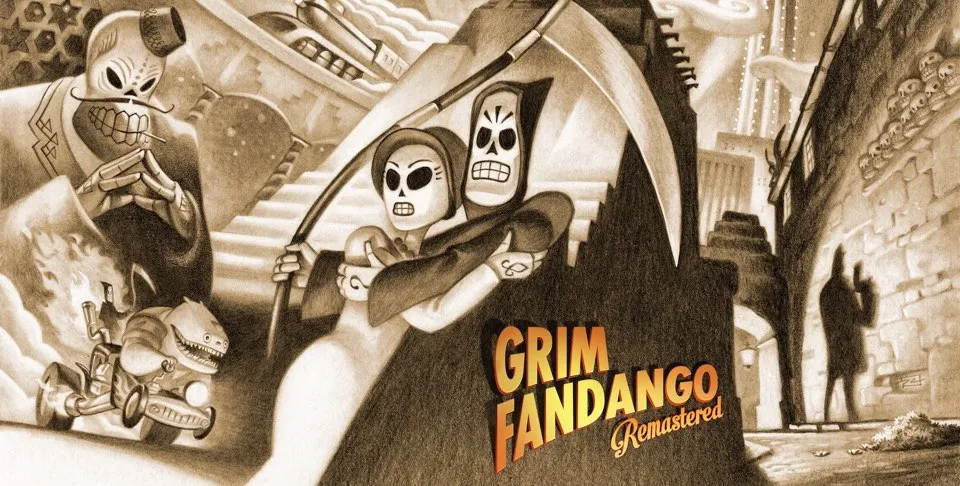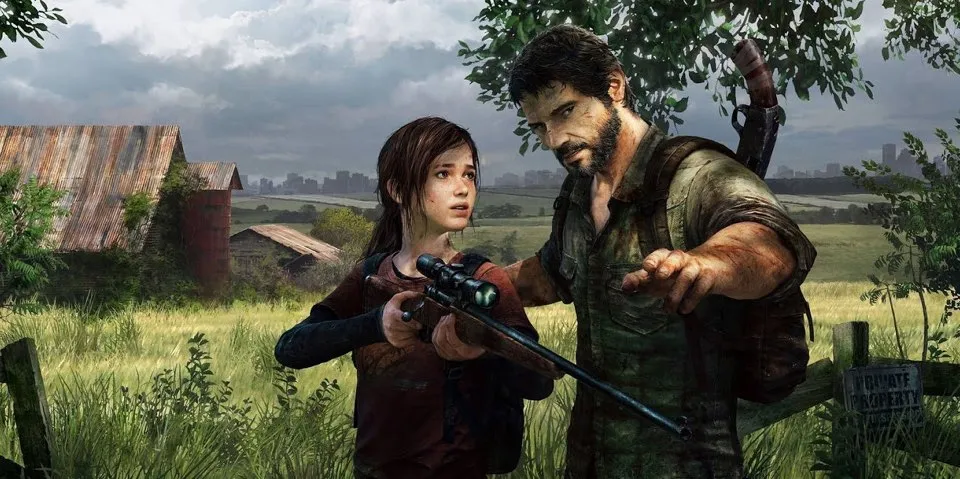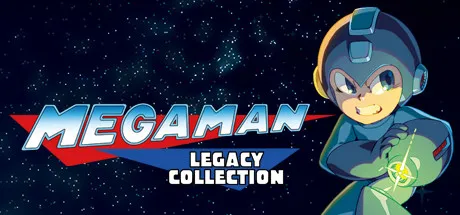During research for my feature on remastered games for Polygon, I was lucky enough to speak with Frank Cifaldi, Head of Restoration at Digital Eclipse and founder of the Video Game History Foundation. Only a tiny part of our conversation was included in that feature, and so I‘ve presented it here in full for the benefit of those who are interested in the subject.
TB: You mentioned to The Verge that video games occupy a unique space among other forms of media in that they are tied to the technology they were originally made for. Could you elaborate on that, and why it makes games difficult to preserve?
FC: So, video games aren’t like film. The basics of film are moving images and sound, and there are so many ways to fairly easily reproduce that. You just scan a film and digitise the audio, and you can recreate that fairly simply on any device that plays video, you know? Music’s sort of the same thing, books are just words, you only need a device that displays words. Video games are built for specific platforms and are not easily portable to anything else.
Even in a best case scenario where you are the developer of the original game and you have the full source code that you generated for the original, if you’re bringing it to another platform it is a significant amount of work. Not just the engineering and changing the art assets where necessary, but things like QA get really prohibitively expensive at times just making sure that your new version behaves like the old one.
And even in that best case scenario, if the goal is to replicate the game exactly as it was the first time, porting is never perfect. You can never get it exactly right, whereas in other mediums you can. Again, going back to film, if you have the master negative of the film, you can replicate that master negative exactly as it is on film. But with games, with all the moving parts involved, in engineering for specific platforms it’s - I would say - impossible to exactly replicate.
TB: Given all those moving parts, then, how do the approaches vary depending on the age of the game? There’s emulation, obviously, but also porting of source code - does the age of the title determine the approach?
FC: You can emulate any hardware architecture in theory. In practicality, that doesn’t work out so well, but in theory, you can create a software representation of any hardware. Again, I would say that making that perfect is a whole other conversation. So, what I would say is that for older games, typically - not always - a software emulation approach is easier than trying to recreate the game in code by porting, not only because it’s just an easier task, but also for… I dunno, if we’re talking NES games, for example, or the Atari 2600, most of these old architectures, they’re written in, let’s say, assembly language. You can’t just port 6502 assembly code to modern platforms. It’s not a thing you can just translate to C. It’s not written in the same ways.
So, I would say, if the question is ‘what is the best way to replicate a game’, I would say that in almost all cases an accurate emulation approach - a hardware emulation approach - is always going to be the path of least resistance toward accurately replicating a game, but that gets harder and harder as the systems become more complicated. Even as far back as the Sega Saturn, things get really tricky - that’s a platform that had multiple CPUs, and - I don’t even know, it just had a bunch of junk under the hood that makes no sense together! Any game running on the Saturn is kind of a minor miracle as far as I can tell…
But besides all that, the other argument for a software emulation or emulation-like approach is that source code - the actual bits and pieces that make up this game - we as an industry just do a terrible job of holding onto that stuff, and especially further back you go in time, the less likely that original source code is to exist.

We, here, years ago - we were working on a port of a fairly major game that you’ve definitely heard of. And you can’t go looking this up, because our port ended up not shipping, so it doesn’t matter and I can tell you this! But this is a very major game from a very major publisher being ported to a different platform. The source code was not available digitally in any way, and what we ended up getting was a printout that they found in someone’s desk.
That’s the kind of situation that often happens with these games. If you talked to the guys at Double Fine about the Grim Fandango remaster - if I’m not mistaken - some of those assets or the code or something only exist because it was on a computer’s hard drive that Tim Schafer had in his garage. That stuff happens all the time.
TB: Given those complications, then, it’s obviously very difficult to preserve a game in its original state. You’ve spoken in the past about your work on the Mega Man Legacy Collection how you purposefully limited the extent of any alterations you were making. Considering the recent spate of remasters and rereleases that we’re seeing, what changes do you feel are appropriate? Some titles have seen not just bug fixes, but entirely new features.
FC: It kinda depends on the project and the game, and how the game was originally presented. I think for low-resolution games like Mega Man, there is no way to redo the graphics in a way that is the original artistic intent. All we can really do is scale up the pixels and then correct them for the aspect ratio that they were originally presented in. You can’t redraw pixel art and say that it’s a ‘cleaner’ representation of the original; that’s not a remaster, that’s a remake. That to me is a huge distinction.
Now, if we’re talking about The Last of Us Remastered, we’re talking about 3D assets. That, to me - upscaling those assets - that’s a completely valid approach. Especially considering that - I would imagine - most of the art assets created for The Last of Us were actually downsampled for the original PS3 version.

So when you’re remastering something like that, you’re actually going to the original source elements and presenting them in an even cleaner way than before. And I would argue that that is a totally valid approach for that kind of game; it is the equivalent of putting [Star Trek] The Next Generation on Blu-ray, where you have these original film elements, and you’re not monkeying with them, you’re not changing anything, you’re just scanning them at a higher resolution for modern displays. So for games where you can do that without altering it, I think that’s a completely valid approach for calling something a remaster.
But for games where there is no real way of cleaning up the art - i.e. anything with pixel art - I think anything other than just scaling up the pixels, and doing some of the things we did, like adding a TV filter and adding the scan lines and everything. We kept that optional intentionally. That, to us, is an attempt to offer any option we can for recreating what may or may not have been artistic intent in those games.
TB: Speaking of some of the recent HD remasters, there have obviously been quite a few lately, especially for PS4 and Xbox One. Do you feel that these remasters have a role to play in the preservation of these games?
FC: Yeah! I think preservation isn’t just a case of retaining the original, I think there’s an argument that awareness is a form of preservation. And I would say that keeping these games alive via remastering is preserving that game’s heritage, and intent, and place in this world, absolutely.
TB: One of the arguments that you encounter a lot in reading about remasters - you hear quite a few people saying that all the remastered games for the new generation of consoles, that they somehow come at the expense of more original titles. Do you have any thoughts on that argument?
FC: Yeah. I think that in general people have a hard time understanding that any big video game has a budget. It’s easy to be like, ‘why did they just remaster this game instead of making a new one?” Well, it’s probably because a new game would cost about five to ten times as much as porting an old one, and would be much much riskier to try to sell.

So no, I don’t think that there’s ever been a situation where it’s like, “Oh, we can make a new game in this series, but I dunno, I think I’d rather do this other thing…” That’s not a situation that exists, and yeah - I’m going to stop myself there before I start commenting on Mega Man!
I don’t imagine you’re getting to talk too much about the older games, and what remastering those means?
TB: No, not so much for this piece…
FC: Yeah, there’s a lot of things that I would like to do, and wish we could have done for that sort of thing… I think that preserving games isn’t just making them playable, I think it’s also contextualising them, so I think that that’s sort of an important thing too, but I think that kinda goes outside your discussing of remastering?
TB: Yeah, though it’s something I find fascinating - I spoke to some of the developers at GOG recently, and they were talking about how they’re all collectors. They hunt for manuals, packaging, and everything, because they’re keen to restore the original experience of owning that physical game.
FC: Right! There’s so many ways to go still… I’m not convinced that VR is a thing yet, but I do think that - if we’re actually replicating the experience of playing an arcade game - I can’t think of a better way than VR. Because that’s how you can recreate having this monitor and bezel in your face, and you being able to move around and stuff, you can’t really replicate that with a controller. So there’s a lot of places to go with that.
I guess the biggest takeaway that I just want to make sure is included in this discussion of remastering is what we’ve already talked about: I don’t think you can remaster pixel graphics. I think there’s been some attempts at redrawing that I didn’t quite agree with, like the Monkey Island remaster. I think they did an admirable job, but it’s not a remastering, it’s like a reinterpretation of the art. In most cases it’s not like there was a large drawing made that they then downsampled into pixel art. These characters were drawn as pixels.
Now, if they were to go back to Monkey Island to the original paint drawings that were scanned on a scanner for the backgrounds, and dig those out and scan them again, yeah; that’s remastering! But the pixel art, that’s redrawing, that’s redoing, and I don’t agree with calling that remastering.
Many thanks to Frank Cifaldi and Digital Eclipse.